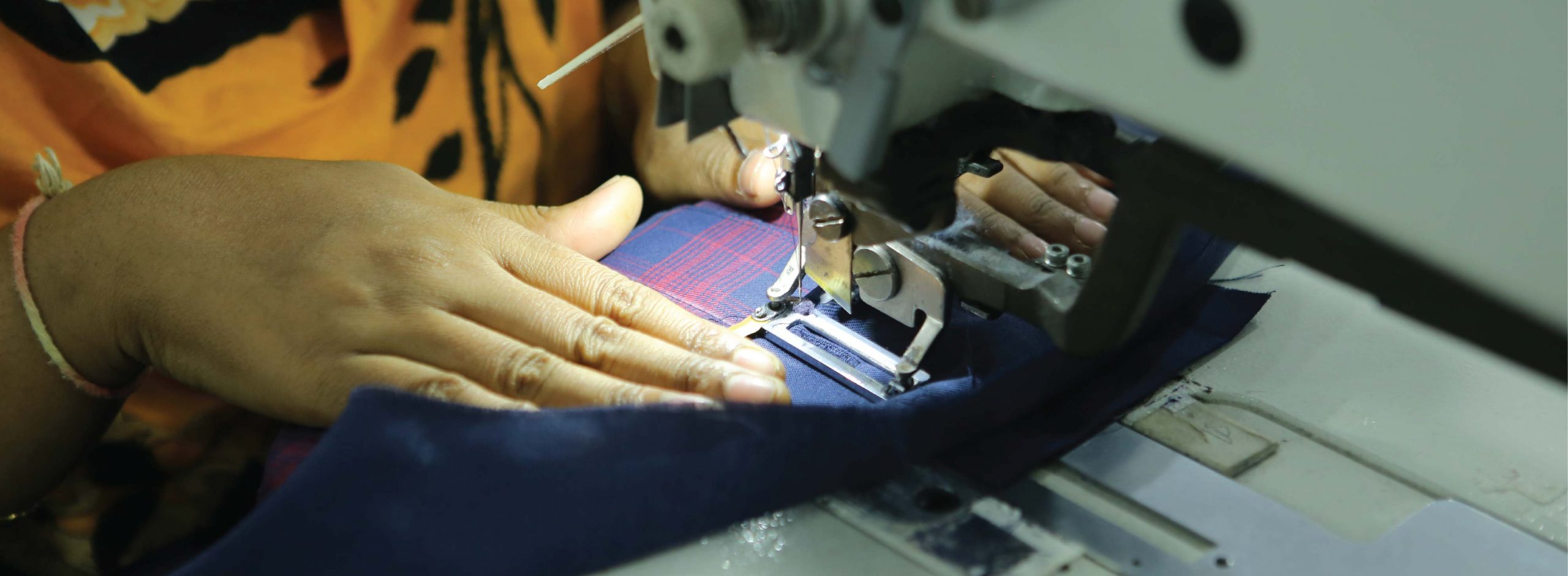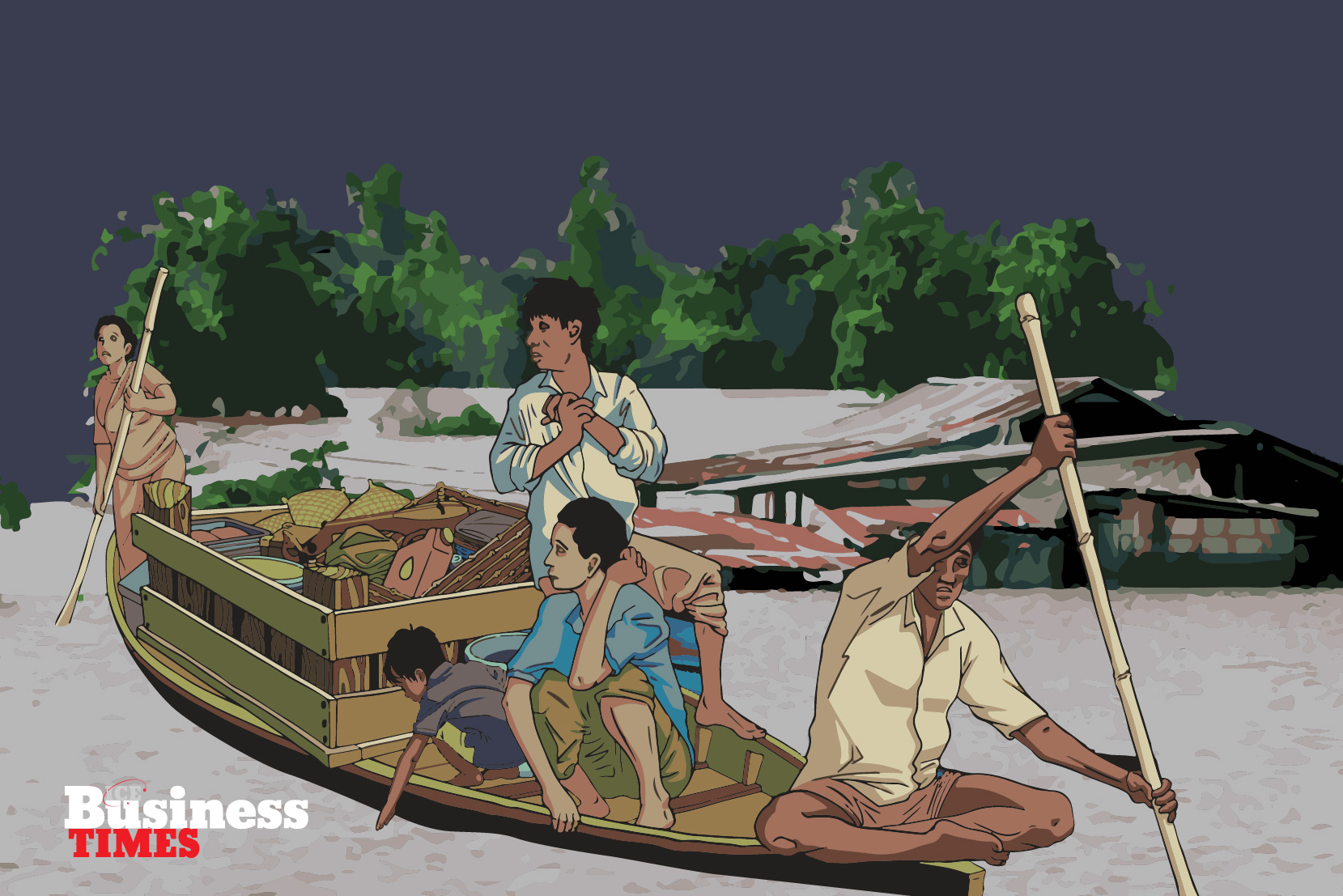The late Nurul Kader Khan, pioneer of RMG (Ready Made Garments) industry started the first export oriented garments factory of Bangladesh from Kalurghat, Chittagong, in 1980, as a joint venture with a Korean company. Next came KDS Group with their own factories. Due to these RMG firms, the Chittagong port has demonstrated prolific economic growth in terms of RMG units over the years; today, it contributes to 30% of the RMG export earnings. The port city is the central export hub and has a significant degree of potential which is lagging behind the other hubs of Dhaka, Narayanganj, Gazipur and Ashulia. Upon a recent visit, I was able to draw meticulous insight into the issues that are detracting from the growth of the region.

Following the establishment of EPZ (Export Processing Zone) in 1984, Chittagong has become the pioneer in RMG export. However, insiders have stated that it has failed to flourish since there is no separate zone that is exclusively for the garment industry in the surrounding areas of the city. Moreover, the lack of infrastructural development, perpetual gas and electricity crisis, and deficiencies in required governments supports have altogether contributed to the contraction of the Chittagong’s contribution to the country’s export pie. Even with this in consideration, Chittagong is still considered the optimal choice for foreign investors due to its geographical location and accessibility of ports.
Though the landscape of Chittagong is currently changing, there is the long-standing concern that various structural and non-structural issues are continually hindering the growth of the RMG sector. With the exponential increase in the price of land and poor infrastructure to the areas connected to the city, the relocation of the RMG sector remains a significant challenge especially in the aftermath of the Rana Plaza incident.
Furthermore, there is some doubt regarding the hub despite the export of commodities of high value. Among this uncertainty, the BGMEA-Chittagong is going forward with innovative projects like Chittagong Apparel Zone (Kalurghat) or the Green Apparel Zone, comprising of an area of more than 450,000 sft. The space will be divided in the following dynamic: 50% of the space will be for production purposes, 25% for greenery and the rest for pavement.
There will be 10 factory buildings in the area, each of which will have 7 floors; a significant portion of the building will be allocated for child care, health facilities, and prayer rooms. In order to provide the most modern facilities, these buildings will be supported by a 5 Megawatt generator, substation, and ETP amongst other provisions. In a joint venture between the Chittagong BGMEA and the CDA (Chittagong Development Authority) to create a women’s dormitory that will house 3,000 female workers; there will be six five-storey buildings with a total of 244 rooms. These dorms will provide all the necessary provisions including restrooms, offices, and a residence for the hostel supervisor, a mosque, guest rooms, training room and solar panels to generate electricity.
In conclusion, policy makers and the government must create a plan to make use of the region around Karanphuli and extend the city to both sides of the port. Immediate attention must be called into the RMG sector of Chittagong in order for the entire nation to flourish.
 A. N. M. Saifuddin, Director of the BGMEA, disclosed to ICE Business Times that there is no alternative for the factories of the Chittagong as the most of the factories are located within the city and housed in the multi-purpose building. He elaborated, “There are a number of bottlenecks when moving a facility miles away from Chittagong, which includes communication, power, and underdeveloped infrastructure. Nevertheless, it is imperative that they move despite these challenges given that Kahalurghat can only house a few factories. Consequently, they can only move to the Special Economic Zone (SEZ) provided by the government.”
A. N. M. Saifuddin, Director of the BGMEA, disclosed to ICE Business Times that there is no alternative for the factories of the Chittagong as the most of the factories are located within the city and housed in the multi-purpose building. He elaborated, “There are a number of bottlenecks when moving a facility miles away from Chittagong, which includes communication, power, and underdeveloped infrastructure. Nevertheless, it is imperative that they move despite these challenges given that Kahalurghat can only house a few factories. Consequently, they can only move to the Special Economic Zone (SEZ) provided by the government.”
Citing the loss of buyers as a major concern, Saifuddin expounded upon the necessity for allocation in an efficient manner. “In the Mersari SEZ, there is a special block for the RMG units. In this context, we have approached Ragunia. Time is of the essence in this case; we will undoubtedly lose buyers if we take a prolonged period of time to relocate.” Closing the factory for 2 to 3 years in the hopes of allocation will not suffice for these RMG manufacturers, not only will they lose buyers, attracting these clients after such a long duration will prove to be a tremendous challenge. “We are hopeful that the Chittagong will become a big Economic Zone within the next five year. The only concern is developing a new market and manufacturing zone in a short period of time in order for us to retain our clients and expand upon the current economic environment.”
Provided that Chittagong is an economic zone in itself, Saifuddin strongly suggests that there is a necessity for policy change, “We have to go to Dhaka in order to request any sort of change of policy which is extremely inefficient. In addition, many decisions are made in Dhaka, where these decisions are better taken within Chittagong as the concerned parties of these respective areas will understand the situation best.”















